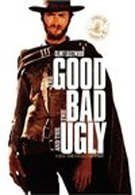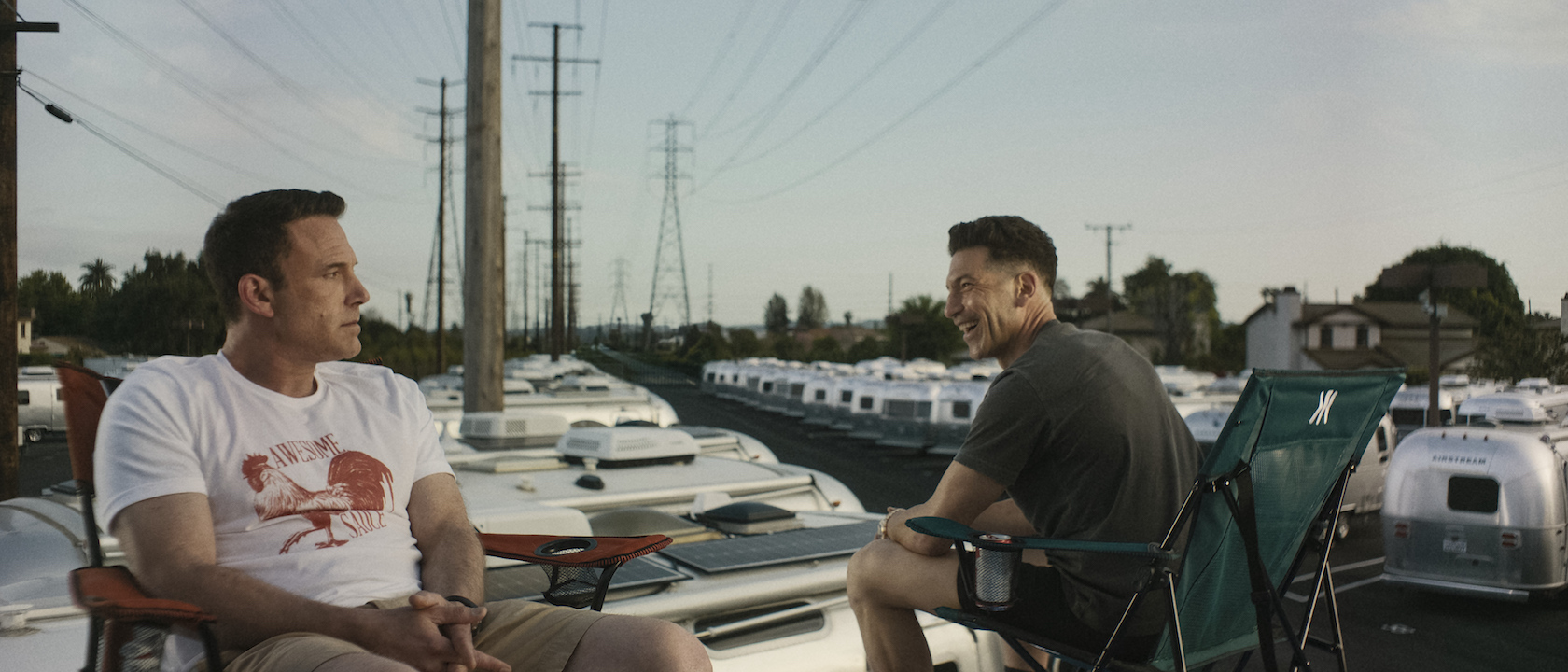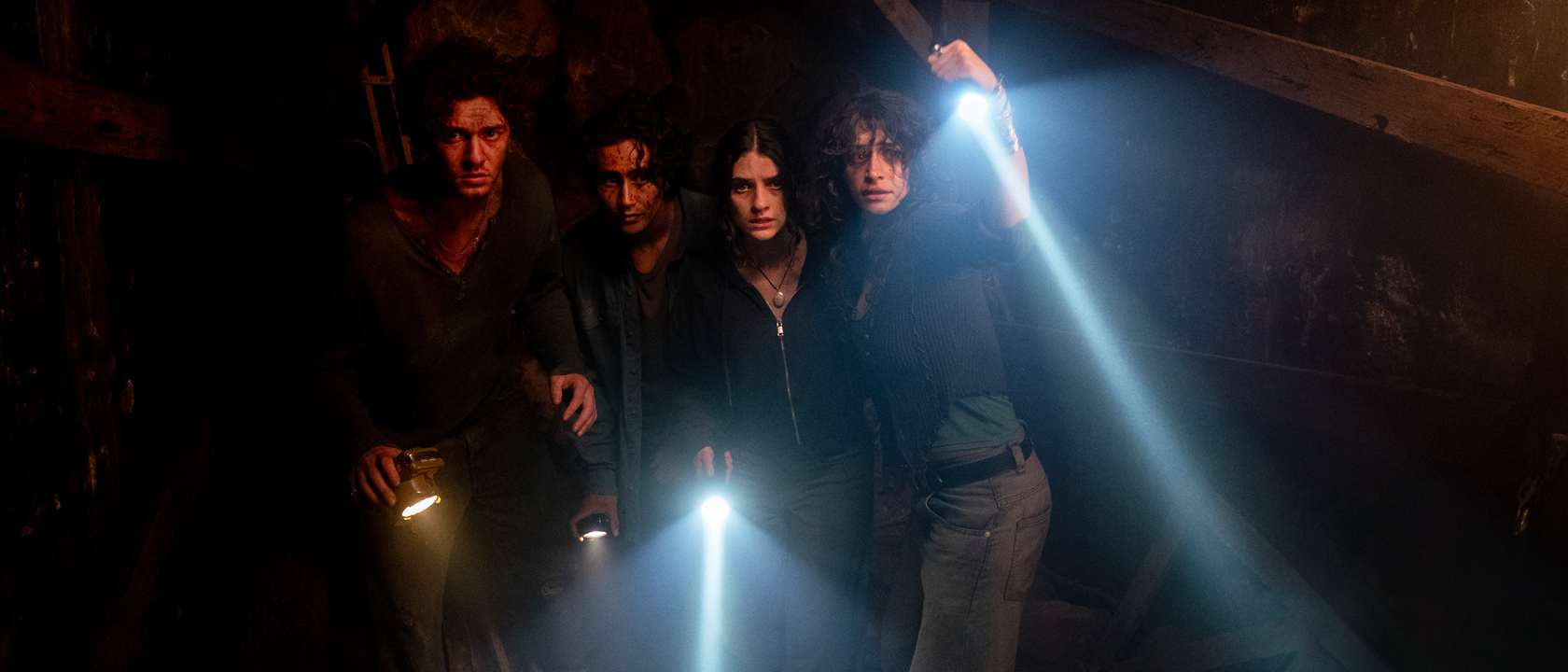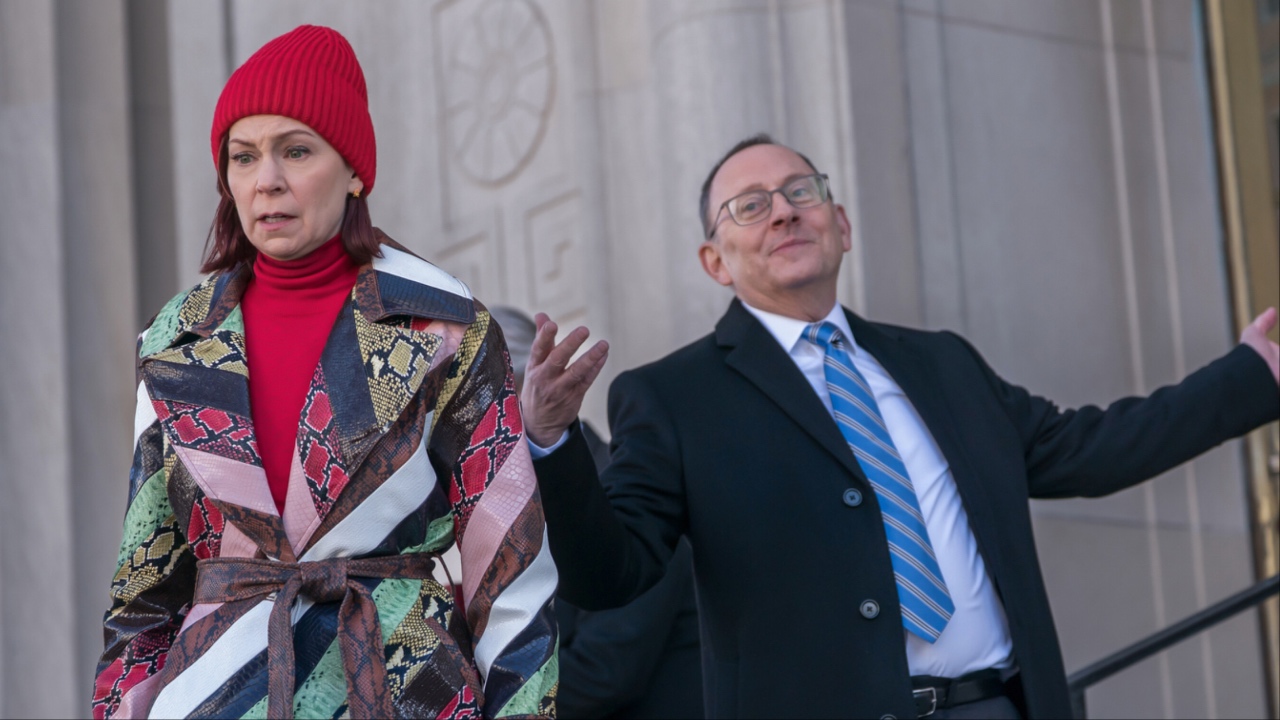The Good, The Bad and the Ugly is one of my favorite films of all time. It is a movie of powerful images that puts even the best to shame, an epic picture that understands that a quiet moment between two people can be just as big as a battle between thousands. It is a film that has parts that are so drop-dead cool that it seems nearly sacrilegious for other films to even try and approach them. It’s the movie where Eastwood confirmed he wasn’t going anywhere, Eli Wallach proved that you didn’t have to be a star to achieve cinematic immortality, Lee Van Cleef proved so smooth that even Han Solo stole a couple of his moves, and Sergio Leone proved for once and for all that he was one of THE cinematic visions of the last half of the 20th century. But most of all and most importantly, it was a hell of alot of fun, and incredibly cool.
What’s The Good, The Bad and the Ugly about? Well that’s just the thing - I can’t tell you without making it feel small. The official line says it's about three men searching for a lost fortune in Gold. That however, fails to even scratch the surface of the picture, not even touching the vignettes and subplots that orbit the main story like moons orbit a planet. During the course of the film the three men also carry out assassinations, fight for both sides of the civil war, scam innumerable towns with an ingenious bounty scheme, destroy both a bridge and a city that get in the way of their battles, travel through the desert on an odyssey that seems more like a tone poem then a film, and just generally tear up the world.
Sergio Leone’s direction was never better then this picture. There are breathtaking trick shots that Quentin Tarintino can only dream of, such as the opening where a landscape portrait becomes a close up without a cut. There are action set pieces that would make John Woo jealous, and landscape shots that so perfectly capture the beauty and desolation of nature that it would make David Lean blush. The minute details of the hard pan deserts and the crag ridden faces are captured beautifully on this transfer. The production design is outstanding, from the sinkhole towns populated by grim jokes of humanity, to a broken down church that feels haunted, and finally a civil war battlefield that gives way to what is possibly the greatest war scene ever filmed, perfectly capturing both the excitement and the horrid futility of war. Truly, the design is so outstanding, it leaves no clue the film only had a moderate budget.
But the style would have been only half formed without the help of the invaluable Ennio Morricone. While I prefer the master’s score on Once Upon A Time In the West over this one, that does not change the fact that this film’s score is absolutely freaking brilliant. “The Ecstasy of Gold” alone, played during Tuco’s nightmarish dash through the graveyard, is perhaps the best marriage of music and imagery in the history of the medium.
But as I said before, the film also understands how quieter moments tend to stick with you. Among the huge set pieces The Good, The Bad and the Ugly often works best when it just allows its actors to cut loose a little. It’s the little things that you find yourself coming back to when the final credits have rolled: Eastwood tasking a would be assassin like an annoyed schoolmarm before blowing him away. Van Cleef showing Han Solo how it's done in his opening scene as he wipes out a whole family and then turns on his employer because of his twisted code of ethics. Eli Wallach’s speech about family after a hard meeting with his brother.
The actors own The Good, The Bad and the Ugly and the journeys you take with them are amazing. Even though Eastwood is introduced dumping his partner in the middle of the desert, you realize by the end why he truly is “The Good”. Van Cleef, although evil, is a man who lives by his own code and has no illusions about what he is and in the end when he meets death on his own terms, he has our respect. Tuco on the other hand is a wonder and strangely is the most developed of the three, exposing the fears, weaknesses, and strange strength under the hubris of a character who would be one dimensional in any other film. This also leads to what is quite possibly the best ending in any film. Even though I’ve seen this thing a hundred times, and know how the God damned thing is going to end, I always have to catch my breath a little when the final minutes roll by.
This disc is a new cut, which now runs a full 3 hours. The new footage really doesn’t hurt the film and is interesting in itself, but I think I will always prefer the original cut, if for nostalgia purposes alone. Some of the new scenes required that Eastwood and Wallach return to the studio to dub their own voices for the new bits, and for the most part they do a nice job. The only real sticking point comes from the new Van Cleef scenes - while the man doing the voice is a talented imitator, there is no getting around the fact that he is not the original and thus some of the Van Cleef cool is sadly lost.
I remember when I first saw The Good, The Bad and The Ugly, sick and miserable at age 7. I stared at the other pile of lesser movies I had also rented and wondered why the hell the movie industry hadn’t just shut down and admitted a graceful defeat in 1967. How could James Bond’s world saving adventures seem anything but petty after this film? What villain could possibly be as tough, intimidating, and charismatic as Angel Eyes?
At the time the answer was they couldn't. You know what? I think that might still prove true.
Dear Richard Schenkel - PLEASE STOP. I’m sorry, I don’t know what I did to you, how I harmed or offended you, but you win. Please stop it now. Stop recording dull as dust, listless, anemic, obvious, insightless commentaries on my favorite movies. It was bad on Unforgiven, it was excruciating on Once Upon A Time In America, but here you have hit an all time low. If you want to tell me that your commentaries are dry because they are academic let me correct you:
1) To be academic you must say something that is worth thinking about
2) Ebert does academic commentaries that are full of excitement and pure love for film. They are some of the few commentaries that I enjoy watching multiple times. Meanwhile, you look at films like they are a particularly nasty piece of road kill on the side of the highway. Please, for the love of god, stop now.
Onto something other then the commentary - Disc 2 begins with two interchangeable documentaries: "Leone’s West", and "The Leone Style". Both run about 20 minutes long, and in them people who worked with Leone talk about him. While some of what they have to say is interesting, it really is not that different from what we got on the Once Upon A Time in the West and In America DVDs, except in those the interviewees were much more interesting.
Next is the documentary “The Man Who Lost The Civil War” which focuses on Confederate General Sibley who drew the fighting into the west. This documentary is very cool, and probably the most useful and interesting on the disc. Other extras include a couple of deleted scenes, and a few featurettes on the music and rerecording sessions. All in all it is a nice disc release, with the exception of a horrid commentary.
I Thought Elsbeth's Bloody Judge Crawford Twist Had To Be A Fake Out, But Now I Have Questions For The Season 2 Finale
A24’s The Legend Of Ochi Hired A YouTuber Making Bird Sounds In His Basement To Work On The Movie, And I'm Wowed By The Whole Process
Charli XCX Is Not Going To Be In Greta Gerwig's Narnia Movie After All, But I'm Psyched That We're Still Getting A Barbie Reunion Thanks To New Casting











